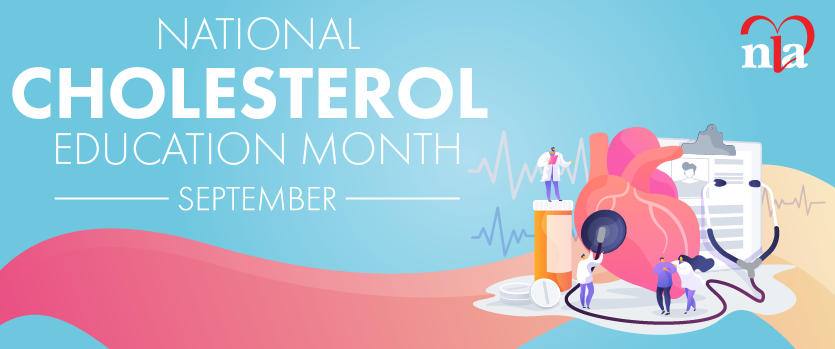The National Lipid Association (NLA) today announced the release of a major new clinical guidance document titled “LDL Cholesterol Management Simplified in Adults – Lower for Longer is Better: Guidance from the National Lipid Association,” now available open access in the Journal of Clinical Lipidology. This expert consensus underscores a vital message for clinicians and patients alike: lowering LDL-C early, intensively, and sustainably is critical to reducing the risk of cardiovascular events.
“Prevalence of cardiovascular disease has been rising for the last decade in spite of many prior decades of decline,” said Kaye-Eileen Willard, MD, FNLA, President of the NLA and co-author of the paper. “LDL-cholesterol is an excellent biomarker of disease, and needs to be aggressively treated in order to reduce risk of cardiovascular events, such as heart attack and stroke. This paper focuses on the process by which clinicians can appropriately reduce LDL-C in a safe, guideline-directed manner to achieve very low sustained levels.”
The new guidance distills decades of lipidology research and clinical experience into an actionable framework for primary and secondary prevention. Key recommendations include:
• Initiating LDL-C lowering earlier in high-risk patients, even before clinical cardiovascular disease manifests.
• A simplified stepwise approach to pharmacologic therapy, prioritizing high-efficacy, guideline-supported treatment strategies.
• Sustained reduction of LDL-C to very low levels as both safe and essential in reducing long-term atherosclerotic cardiovascular disease (ASCVD) risk.
This document serves as a companion to recent national and international lipid guidelines, offering practical clarity for busy clinicians and reinforcing the critical role of LDL-C as a modifiable risk factor in ASCVD.
This page was last updated: Jun 20, 2025






.jpg)
.png)










